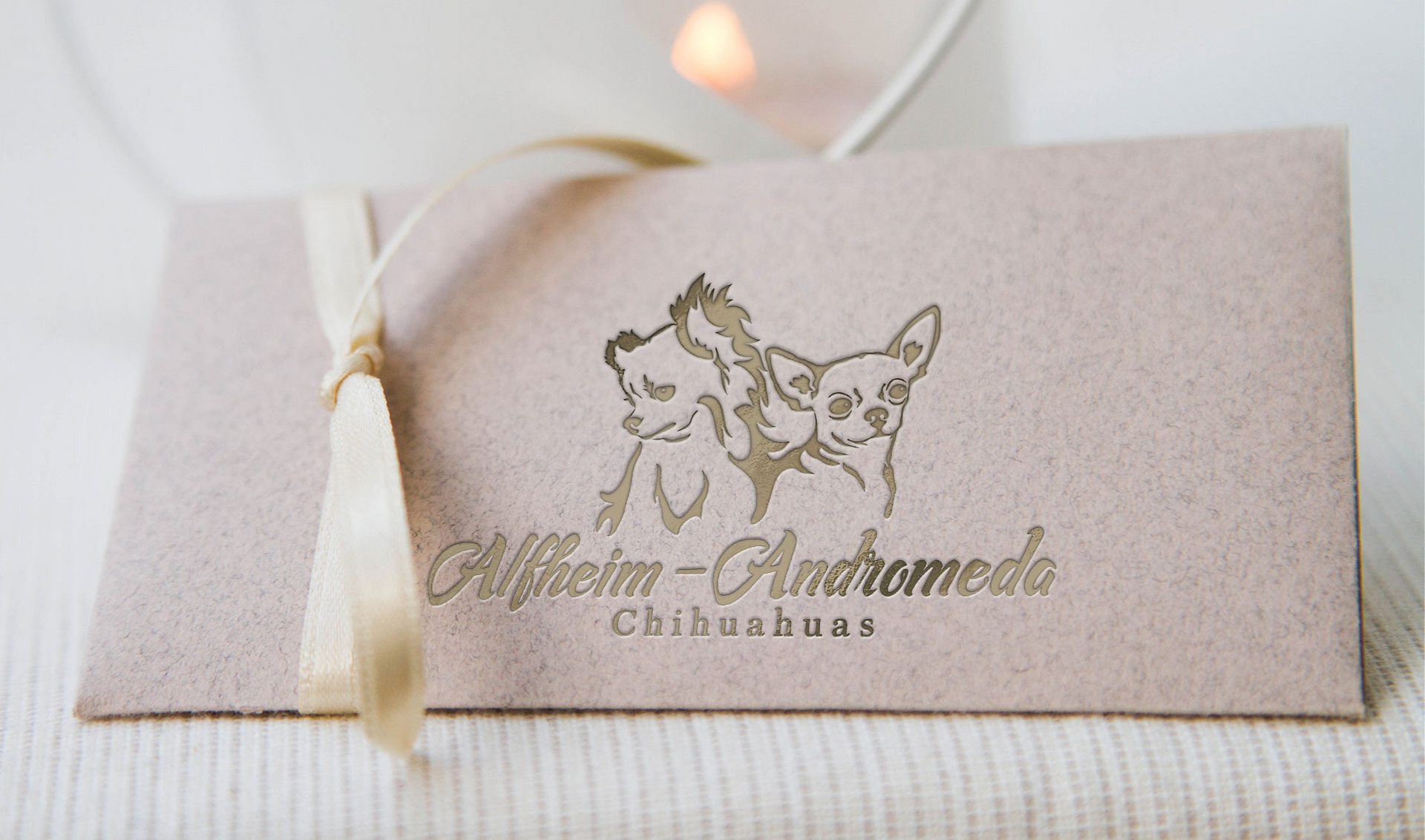Proportionate Dwarfism in Chihuahuas: Understanding the GH1 Mutation Without Worry
- Tanya Ansok Stringer

- Jul 7, 2023
- 3 min read
Updated: Nov 29, 2024

Chihuahuas, cherished for their spirited personalities and small stature, occasionally raise questions about genetic traits like proportionate dwarfism. Breeders and owners using Embark DNA testing may see traits like this flagged as "notable," leading to concerns about health or growth.
The GH1 mutation, linked to growth hormone production, is often associated with proportionate dwarfism in Chihuahuas. However, current evidence suggests this mutation is likely a natural part of what makes Chihuahuas the smallest dog breed—not a cause for alarm.
This blog explains what proportionate dwarfism means, clarifies the role of the GH1 mutation, and helps breeders and owners interpret genetic testing results responsibly.
What is Proportionate Dwarfism?
Proportionate dwarfism refers to a uniformly smaller size while maintaining balanced proportions across the body. Unlike disproportionate dwarfism, which causes uneven growth (e.g., short legs or large heads), proportionate dwarfism results in a harmonious and well-balanced physique.
For Chihuahuas, this concept aligns closely with their natural breed traits.
The GH1 Mutation: What You Need to Know
1. The Role of the GH1 Mutation
The growth hormone 1 (GH1) gene regulates growth hormone production, which influences skeletal development and overall size. In Chihuahuas, the GH1 mutation has been flagged for its potential connection to small size.
2. Findings from a Single-Case Study
A single study linked a Chihuahua with the GH1 mutation to reduced size, retained puppy coat, delayed dental development, and hypoglycemia. However, this study focused on just one dog, and its findings cannot be generalized to the breed as a whole.
3. Real-World Insights from Breeders and Owners
Many breeders and owners using Embark DNA testing report that Chihuahuas with one or two copies of the GH1 mutation:
Grow to standard size.
Show no notable health concerns.
This suggests that the GH1 mutation is likely a normal genetic variation contributing to the Chihuahua’s iconic small size.
Why Embark Results Can Seem Alarming
1. How Embark Flags Traits
Embark’s genetic testing platform highlights traits like the GH1 mutation because they are linked to growth hormone regulation. However, being flagged as "notable" does not mean the mutation is problematic—it simply indicates that it is worth noting for further context.
2. Lack of Context in Testing Results
Seeing proportionate dwarfism flagged can be alarming, but it’s important to understand:
It’s Not a Defect: The GH1 mutation does not inherently cause health issues.
Limited Data: Embark’s flagging reflects scientific curiosity about the mutation, not proven harm.
Chihuahuas Are Naturally Small: This mutation may simply be part of their genetic profile as a toy breed.
3. How Breeders and Owners Should Respond
If your Chihuahua’s Embark results highlight the GH1 mutation:
Don’t Overreact: Most Chihuahuas with this mutation are perfectly healthy.
Seek Expert Guidance: Consult a geneticist or veterinarian for clarity if needed.
Focus on Overall Health: Remember that one genetic marker is only part of a much larger picture.
Why Broader Research is Needed
The single-case study linking GH1 to growth hormone deficiency provides an interesting starting point, but it falls short of the standards needed for definitive conclusions.
Key Limitations of the Study
Sample Size: A study of one dog cannot represent an entire breed.
No Control Group: Without comparison to dogs without the GH1 mutation, it’s impossible to determine if the mutation caused the observed traits.
No Broader Data: Many Chihuahuas with the GH1 mutation grow to standard size and are healthy, suggesting the mutation’s effects may be overstated.
Until larger, more comprehensive studies are conducted, breeders and owners should approach testing results and research findings with caution and perspective.
Conclusion
Proportionate dwarfism and the GH1 mutation in Chihuahuas are fascinating aspects of canine genetics, but they are not causes for alarm. Current evidence suggests that the GH1 mutation is more likely a natural part of what makes Chihuahuas small, rather than a defect or health concern.
For breeders and owners, understanding genetic testing results like those from Embark requires context and expert insight. By focusing on your dog’s overall health and avoiding unnecessary worry, you can continue to enjoy and celebrate this delightful breed.


![04[5287]_edited.png](https://static.wixstatic.com/media/19bc06_e20664f6f34a40a38ce600e39e177c3c~mv2.png/v1/fill/w_980,h_578,al_c,q_90,usm_0.66_1.00_0.01,enc_avif,quality_auto/19bc06_e20664f6f34a40a38ce600e39e177c3c~mv2.png)






























